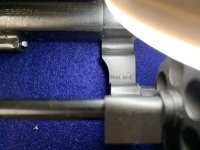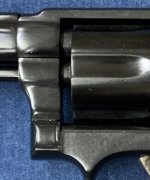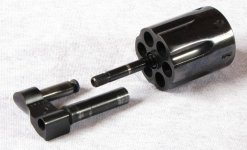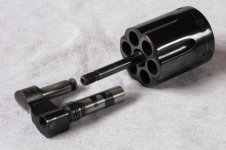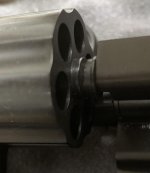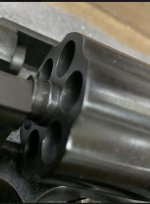Is there a preference?
Why?
Is one better than the other?
Since I am a visual guy, can someone post pictures, one showing the location of the gas ring on the yoke and a picture of the gas ring on the cylinder?
I am having a hard time visualizing what they look like.
The M10-7 that I am looking at has:
4” HB
Round Butt
SN AVN xxxx (1987)
Thanks.
Why?
Is one better than the other?
Since I am a visual guy, can someone post pictures, one showing the location of the gas ring on the yoke and a picture of the gas ring on the cylinder?
I am having a hard time visualizing what they look like.
The M10-7 that I am looking at has:
4” HB
Round Butt
SN AVN xxxx (1987)
Thanks.
Last edited:

